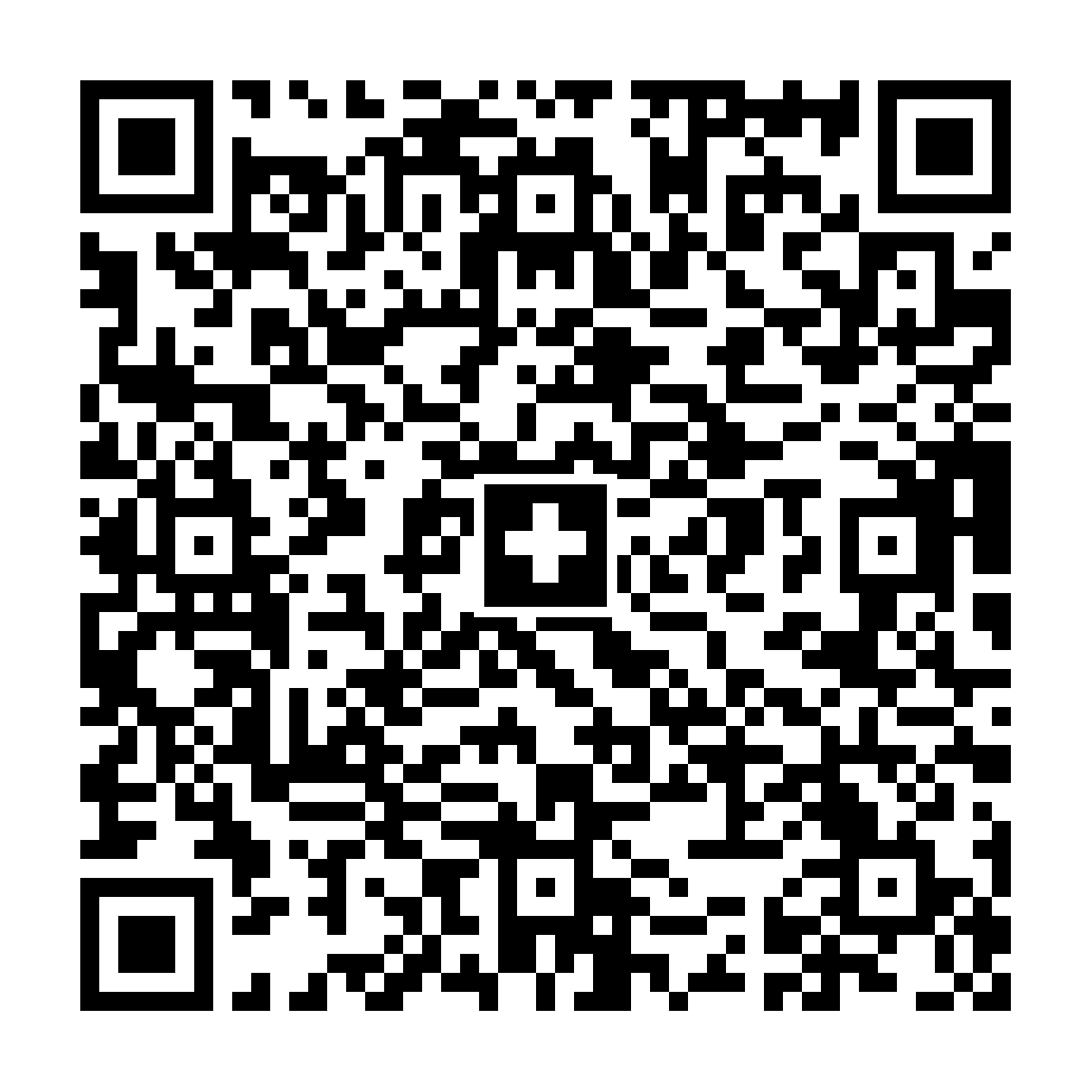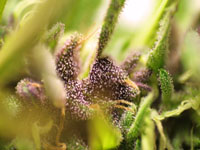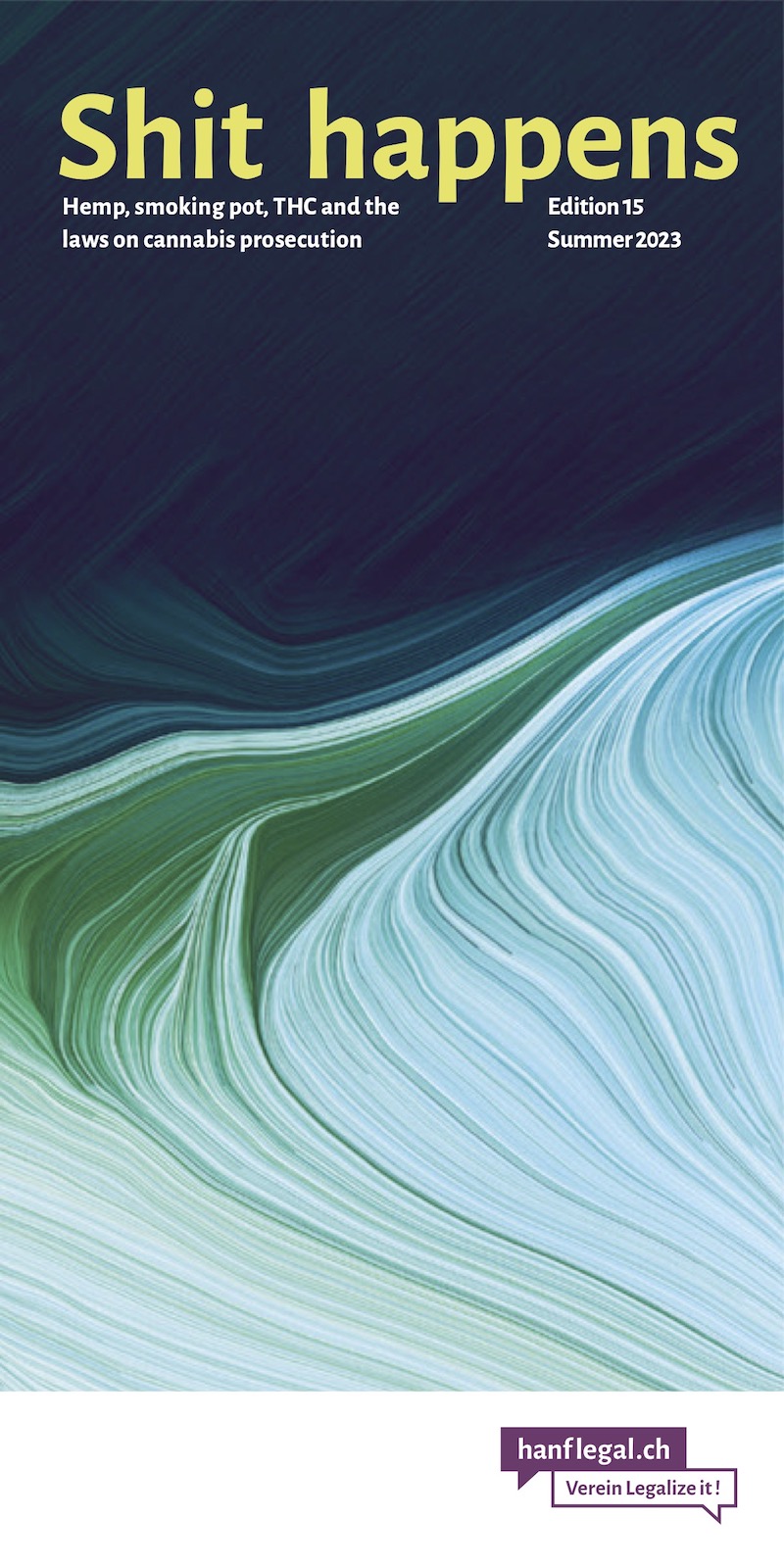- THC & Law:
THC (bio)chemistry: Why is it driving us nuts?
That drugs have an effect on us humans is obvious. But how exactly these substances affect our brain and can bring about the various states is only slowly becoming clear. THC seems to play a very special role in this.
From religion to natural science
Drugs have been used by people for thousands of years, especially poppy and hemp, but also many other drugs were (and are) appreciated from time immemorial. Whether as medicine (for example, as a painkiller), or as a means used in religious rituals (for example, the alcohol in wine, which is still used ritually in Christianity). There was very often the idea that drugs work because they are a divine gift, perhaps even a god himself. The natural sciences see it a little more prosaically. They do not want to explain the effect by divine powers, but materialistically. But for a long time the sciences were able to describe the effect of drugs, but how exactly it works, that drugs give us a change in our psyche, our perception, our consciousness - that remained unclear for a long time.
What works in the drugs?
The first thing that was scientifically established was that herbal drugs such as wine, hashish or opium consist of very many substances. There are flavors, partly also vitamins, sometimes sugar and with the time the scientists could name more and more exactly the substances which were responsible for the psychic effect: The alcohol, the THC, the morphine. Alcohol has been known for a long time, morphine has also been known for some time, THC on the other hand was only discovered in the sixties. With this knowledge, the active substances could now be specifically enriched (for example in morphine), and these substances could also be chemically modified in many cases so that they became even more potent (a classic example of this is heroin, a simple “further development” of the plant morphine).
Why is it retracting?
But the mechanism of action was still not clear. It was only when special docking sites, the receptors, were found on the nerve cells that it began to be understood that the active ingredients of the drugs dock onto certain of these receptors and trigger an effect there. This research is far from complete - the receptor for THC, for example, was not discovered until the 1980s. But immediately after this discovery, the question arose: Why do humans (and all animals) have receptors to which plant drugs can dock? Why do we have locks inside us that can be opened with the help of drugs, like keys?
Exogenous (foreign to the body) and endogenous (body's own) drugs
The answer to this is that all herbal active substances that enter have, so to speak, as twins, substances that are endogenous to the body, for which these receptors are intended. The human (and also the animal) body is a huge pharmacy, which produces all incoming substances itself and controls with these a large part of our being, our sensations/feelings and also our thinking. The fact that there are herbal substances that can also dock to these receptors is, in this view, merely a coincidence - albeit a coincidence that can bring us humans very nice feelings and relief from many kinds of pain. However, and this is the unfortunate thing, by taking herbal drugs, which are exogenous drugs (supplied from outside), we can upset our body's own (endogenous) drug system. This is because the amounts of exogenous drugs we can ingest with alcoholics, THC products, or opiates are much higher than the amounts of endogenous (body's own) drugs. This is the risk that can manifest as dependence, habituation or addiction. Dependence can then be understood as the body stopping the production of the corresponding endogenous drugs as a result of taking large quantities of exogenous drugs, since there are always enough of them. If one then stops the supply of exogenous drugs, suddenly there are almost no such substances left - and this then shows in withdrawal, which is only ended when new exogenous drugs are supplied or the body starts the production of the endogenous drugs again. With heroin, this may well take a few days - days that are very painful!
Image(s) of man - what is man?
The model we are discussing here is the modern scientific model. It is a model (and not “the” reality) because it simplifies many things and currently has to be further refined almost daily because new findings about the functioning of our body's drug system force an ever increasing complexity. But I think that this natural scientific model has some advantages over the old religious models. However, natural science also shows that certain ancient ideas about human beings are quite useful descriptions of our being. For example, the idea of yin and yang: that there are different forces within us that control and influence each other, and that we are then the whole of such forces - this idea is well confirmed in the model of the body's own drugs.
Drug evaluation
In today's discussion on drug policy, too, one notices time and again that the demonization of cannabis is ultimately justified by many on the grounds that it is an evil drug, the incarnation of evil, the devil, so to speak. A substance alien to our culture, which undermines the foundations of our Christian occidental society and ultimately causes it to collapse. This is of course accompanied by a positive evaluation of wine as the blood of Christ, to which homage may and should be paid at the Lord's Supper. Here, too, an old, religious valuation of drugs still comes into play.
Molecular representation of thoughts and feelings
I think the idea that our thoughts and feelings, maybe even our whole personality can be understood to a very large extent as a complex interaction of 25 billion nerve cells (and 100 to 200 billion auxiliary cells) with hundreds or even thousands of connections (dendrites) among each other, which communicate and influence each other with the help of hundreds of endogenous drugs (neurotransmitters, hormones) and, above all, change and develop permanently from conception to death, represents a very good model and can explain many things plausibly.
How good is this model?
However, everything cannot be explained with it (yet?). For example, nobody can say until today that a certain thought was stored in such and such 12 million brain cells and was formed with the help of such and such 120 neurotransmitters with the help of such and such 300 million nerve cells - the scientific model is still far from being that concrete. But it is probably the best model that exists at present.
Introduction brain and nerve cells
The brain is a very complex organ. It consumes a lot of energy. So a lot of things happen there. Anyone who has suffered a brain injury can very often no longer do certain things - from such injuries we know a lot about the different parts of the brain and what tasks they perform. Also from many, sometimes cruel, experiments with animals and humans, both by cutting out parts of the brain and by chemical manipulation, a lot of knowledge has been gained about the function of our brain. Every movement we make, our nerve cells have to learn (for example, walking). If we want to perform a certain movement, many nerve cells and different parts of our brain have to work together: Optical stimuli from the eye have to be transferred to the brain, a “picture” has to be created there, this has to be compared with old, already stored pictures, conclusions have to be drawn from this (for example, you see a deep puddle on the ground, associate this with wet shoes and want to avoid this) and think about how to proceed now (i.e. avoid the puddle). In this process, millions of nerve cells work together and this cooperation is mediated by neurotransmitters (the body's own drugs) and electrical signals. The whole thing is a highly complex system - and just walking has to be practiced intensively by young children (and avoiding a puddle also needs a lot of organization: estimating the size of the puddle, seeing the dry path, coordinating the muscles when avoiding, providing the energy needed for this). This practice can be understood as the formation of brain structures. Language also needs such learning processes, which can be understood as brain structure formation.
Functions of nerve cells, effect of endogenous drugs.
There are countless endogenous drugs (transmitters) that establish communication between the individual nerve cells. There are inhibiting and activating substances; substances that act only for a very short time or also for a very long time; there are substances that are formed in the brain, others that are formed in other organs. The following overview (from Zehentbauer's book) gives an idea of the effects of the various substances (THC does not appear here yet, because research was not yet so far advanced): “In humans, one can distinguish about ten 'basic emotions' (moods), all of which are carried by a (different in each case) interaction of several transmitters. The following messengers (neurotransmitters and hormones) are involved in this interplay, whereby the first ones mentioned are particularly important: - joyful, happy to euphoric, feeling erotic, helpful, loving (dopamine, noradrenaline, endorphins, acetylcholine, oxytocin, female sex hormones)
- anxious, brooding, inwardly restless, feeling lonely (hopeless) (melatonin, serotonin, acetylcholine, kinins; excessive release of norepinephrine can also produce anxiety)
- combative, envious, angry, aggressive to destructive (adrenaline, noradrenaline, dopamine, thyroid hormones, STH, male sex hormones, histamines)
- sad, melancholic, morose, weak, tired of life (melatonin, serotonin, GABA)
- disgusting, hateful, socially skeptical to hostile (increased adrenaline, decreased oxytocin)
- hopeful, longing, dissatisfied-seeking (serotonin, endovalium, endorphins, endogenous psychedelics)
- trusting-believing, submissive, grateful, compassionate (endovalium, endorphins, GABA)
- lust-oriented, libidinous, greedy, sensual, seeking social closeness (oxytocin, dopamine, norepinephrine)
- carefree, naive-self-centered, unworldly, dreamy (endorphins, endovalium, serotonin, endogenous psychedelics)
- active-restless, performance-oriented, hyper-attentive, willing to learn, cool-distant (norepinephrine, dopamine, thyroid hormones, STH, acetylcholine)”
Here you can see that very often several substances work together and likewise that different substances influence, inhibit or strengthen each other.
Methods for mobilization of endogenous drugs
We can now intervene in these different moods with the known exogenous drugs. But there are also other ways to change the current composition of our endogenous drugs: We can stimulate the release of our endogenous drugs ourselves! Active imagining, yoga/breathing techniques/meditation, acting out, autogenic training, physical activity/movement, massage, sensory overload and deprivation, dancing and sexuality can be used for this.
More information
1) Visuals/Movies
At www.jellinek.nl/brain/index.html you can see a very nice visualization of the mode of action of endogenous and exogenous drugs. There is also an introduction to the way our brain and nerve cells work.
2) In the book “Körpereigene Drogen” by Josef Zehentbauer, ISBN 3-7608-1935-4, you can find very good explanations and interesting overviews. In addition, there are instructions on how to stimulate the body's own drugs in the desired direction without the use of drugs. This book can also be found in our library.
3) In the Arte film: “Cannabis - The science in front of 100 questions” from 2005 there is an overview of the state of endocannabinoid research (i.e. research on the body's own substances that act like THC). This film is unfortunately not available for order, but we have a copy in our library.
Feel free to make an appointment as a member to view this information in the office.
Support our work with a donation:
Bank transfer
Account number (IBAN):
CH02 0900 0000 8709 1354 3
Full account details
Or scan this QR code with your eBanking App (ZKB, Revolut, Postfinance, …):

Or open/share the QR code as PDF file with your eBanking App.
Credit card
Donate via credit card
Verein Legalize it!
Quellenstrasse 25
8005 Zürich
Threema ID 7NH65RBY
Don’t miss anything! Follow us on social media:

